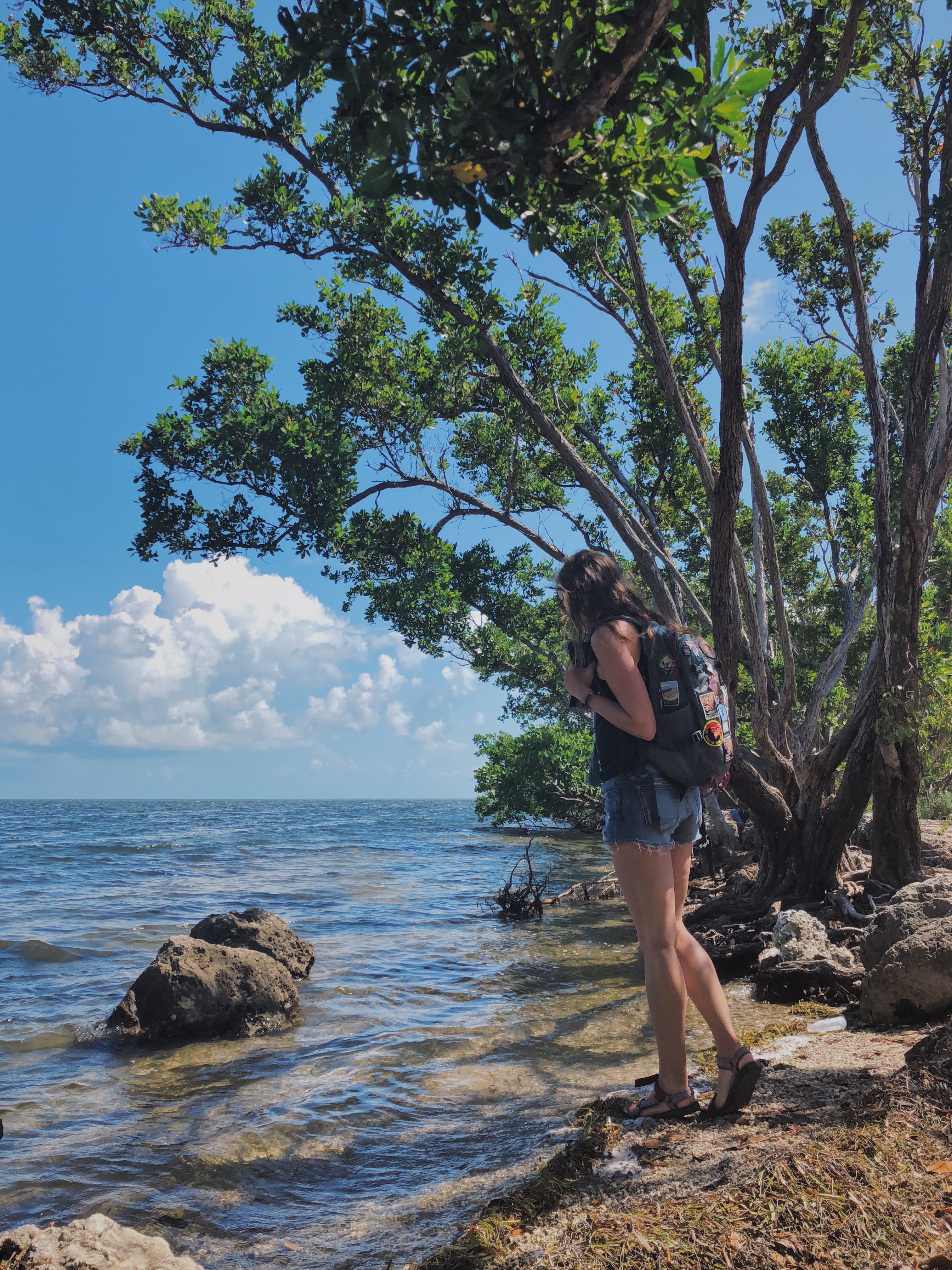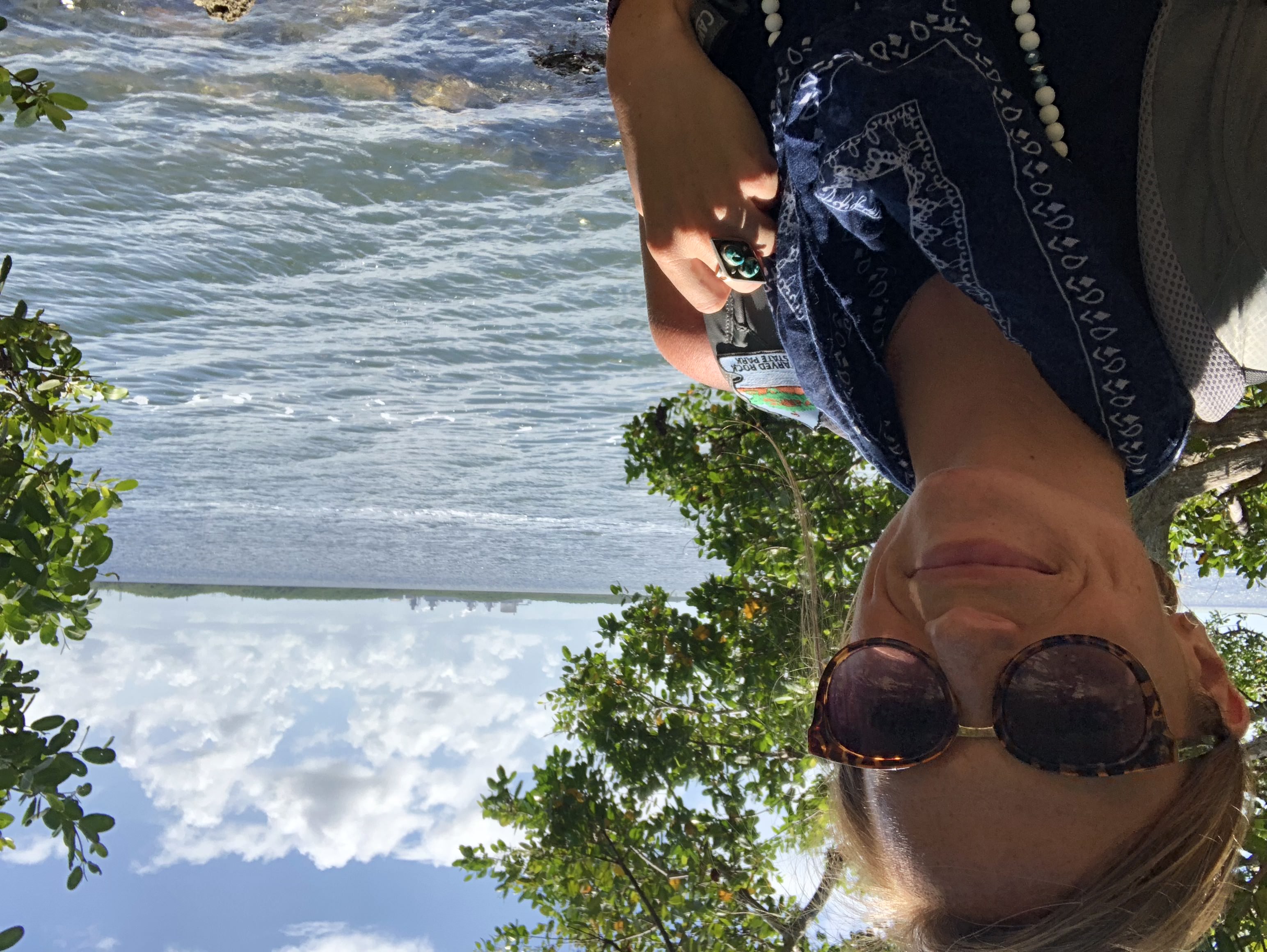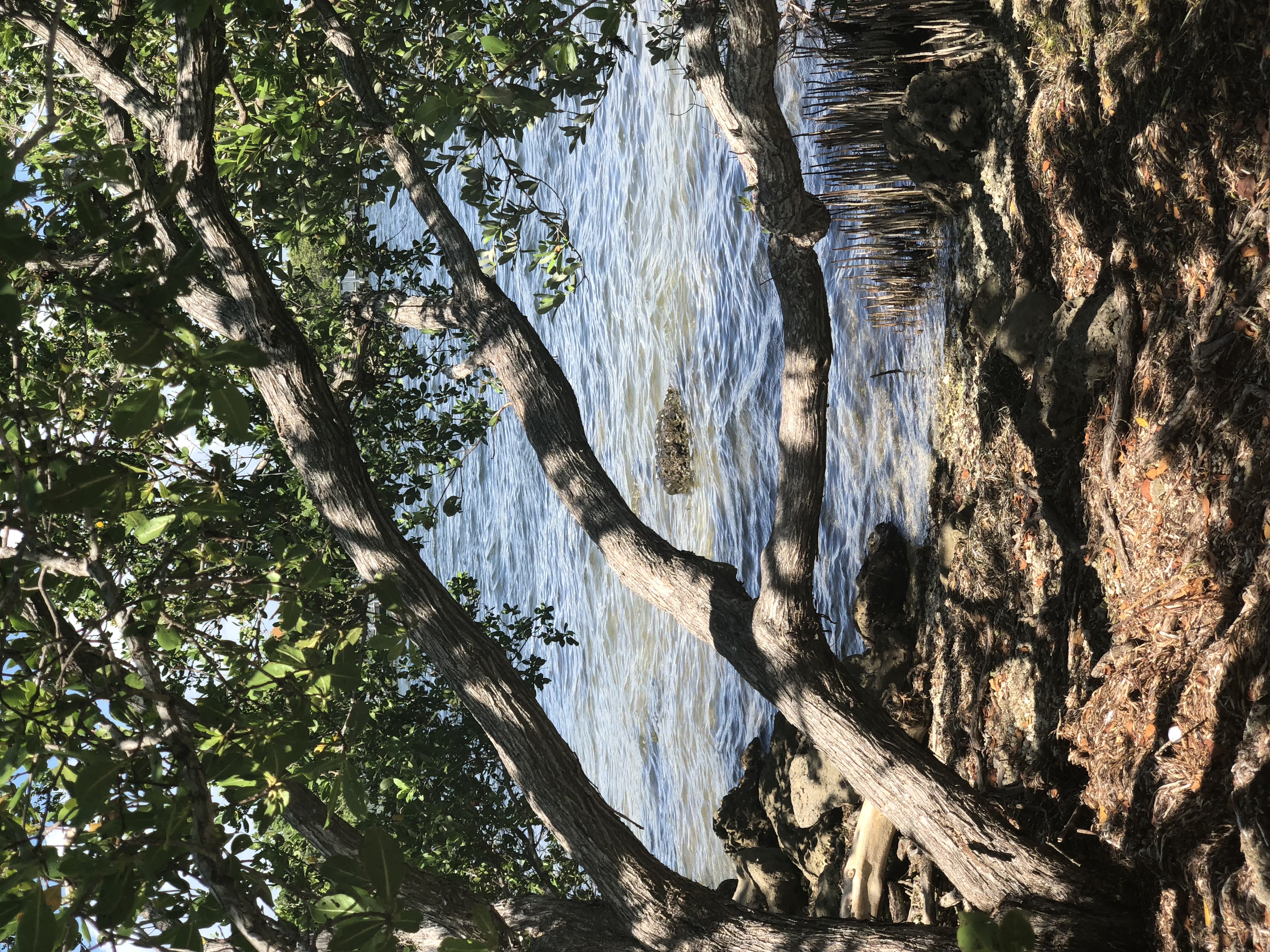Biscayne National Park is just minutes from Miami, yet presents a captivating counterpoint to the bustling South Beach scene. This truly remarkable ecological preserve encompasses a vast expanse of Biscayne Bay, offering a unique portal into a pristine marine environment teeming with life. Beyond the crystal-clear turquoise waters lie vibrant coral reefs and scattered islands within the park’s boundaries. With 95% of the park underwater – this park is unique and a must-visit for anyone living or visiting Miami.
Here is how to visit and what to do while you’re there.
HOW TO GET TO BISCAYNE NATIONAL PARK FROM MIAMI:

Reaching Biscayne National Park from Miami by car is simple, as the scenic journey is within a dozen miles of much of the city, making it a quick drive. Of course, once you reach the park, you’ll spend your time on the water and there are no bridges or other access besides a boat. This is also why you might opt to book with a tour operator offering comprehensive Biscayne National Park adventures for individuals preferring a more structured approach.
Numerous companies offer excursions to the park with a guide. These can encompass transportation to and from the park, all necessary equipment for your chosen activity (such as snorkels, fins, and life jackets), and the invaluable expertise of a certified guide. A guided tour allows visitors to navigate the park’s diverse ecosystems and hidden wonders confidently.
WHAT TO DO WHILE YOU’RE THERE:

BOATING:
You have to get out on the water at Biscayne National Park, and the best way to do so is to take a boat cruise or charter. This allows visitors to experience the park’s vastness—a staggering 95% of its 173,000 acres is water.
The park says that 90% of visitors enter the park by boat, either on a guided tour or with their own vessel. Biscayne National Park Institute has several guided options to reserve in advance, from just hours to an all-day excursion. The park service also maintains a listing of other operators that are authorized to operate in the park.
SNORKELING:
Biscayne National Park protects a section of the only living coral reef system in the continental United States, making it a hotspot for marine life and thus – snorkeling. When submerging yourself underwater, you’ll be mesmerized by the vibrant tapestry of life just beneath the surface. Don your snorkel and fins and be transported into a breathtaking kaleidoscope of color. Schools of vibrant fish, graceful sea turtles, and colorful color reefs will leave you wishing you had brought your underwater camera. Witnessing this remarkable biodiversity firsthand offers an unparalleled opportunity to appreciate the bay’s ecology.
KAYAKING:
For visitors seeking a more contemplative experience, exploring the mangrove forests on the coastline via kayak or canoe offers a unique perspective into a seemingly untouched ecosystem. The mangroves provide a crucial habitat for countless species of marine life and act as a vital nursery for countless fish. A benefit of kayaking or canoeing in Biscayne National Park specifically is that many of the lagoons, creeks, and channels are too shallow for boating so that paddlers will have them to themselves. There are no rentals available at the park itself, but there are plenty of options nearby – and launching of personal kayaks or canoes is allowed and has no charge.
ISLAND HOPPING:

While there are numerous islands scattered throughout Biscayne Bay, the most popular to visit are Boca Chita Key, Elliott Key, and Adams Key.
Boca Chita Key:
This is the most popular island to visit and home to the iconic Boca Chita Lighthouse, which has stood guard against the elements since the 1930s. Explore the surrounding nature trails, enjoy a picnic lunch on the beach, and climb the lighthouse to the Observation Deck for panoramic views of the bay if it’s open during your visit.
Elliott Key:
This island, the largest in the park and accessible by boat, offers a glimpse into a pristine coastal ecosystem. Hike the interpretive loop trail to learn about the island’s plant and animal life, relax on the secluded beach, and soak up the tranquility.
Adams Key:
This smaller island is only open from dawn to dusk and is a popular kayak launching spot. Hike the short loop trail, watching for pelicans, ospreys, and herons.
CAMPING:

Unlike many national parks with sprawling campsites, camping in Biscayne National Park offers a unique and somewhat rustic experience. Camping is only permitted on Boca Chita Key and Elliott Key. Both islands are accessible solely by boat, so be prepared for a true escape.
To camp in Biscayne National Park, you’ll need to be self-sufficient. Pack everything you’ll need for your stay, including food, water (while there is water available on Elliott Key, the park service still recommends bringing your own), cooking utensils, camping gear, and plenty of insect repellent (especially during summer). Remember, all trash must be packed, so don’t forget your garbage bags.
Reservations can’t be made in advance here, as the sites are first-come, first-serve. Be prepared to pay a boat docking fee of $25/day (from Friday to Monday and on federal holidays) and a $35 camping fee for each night.
HIKING:

Jetty Trail:
This paved trail is the most popular and easiest option in the park. Located at the Dante Fascell Visitor Center (so no boat required), it winds along the Convoy Point Jetty, offering scenic views of Biscayne Bay and opportunities for birdwatching.
Length: 0.8 miles round trip
Difficulty: Easy
Boca Chita Trail:
Found on Boca Chita Key – which you’ll need to take a ferry or boat to access – this short nature trail leads to views of the Boca Chita Lighthouse. Enjoy panoramic views of the clear turquoise waters and soak up some history.
Length: 0.7 miles round trip
Difficulty: Easy
Adams Key Loop Trail:
Another short and easy trail is on Adams Key, which is only accessible by boat. It circles the island and provides opportunities for birdwatching and observing the unique coastal ecosystem.
Length: 1-mile round trip
Difficulty: Easy
Elliott Key Interpretive Loop:
This trail on Elliott Key offers a glimpse into the island’s plant and animal life. While it’s not a challenging hike, be aware of mosquitos, especially during summer.
Length: 1.1 miles round trip
Difficulty: Easy
Black Creek Canal Trail:
This mostly flat, unpaved trail meanders through the coastal mangrove forest adjacent to Black Creek Canal. Look for wading birds and fish, and pro-tip: try to visit at sunrise or sunset.
Length: 1.7 miles round trip
Difficulty: Easy







